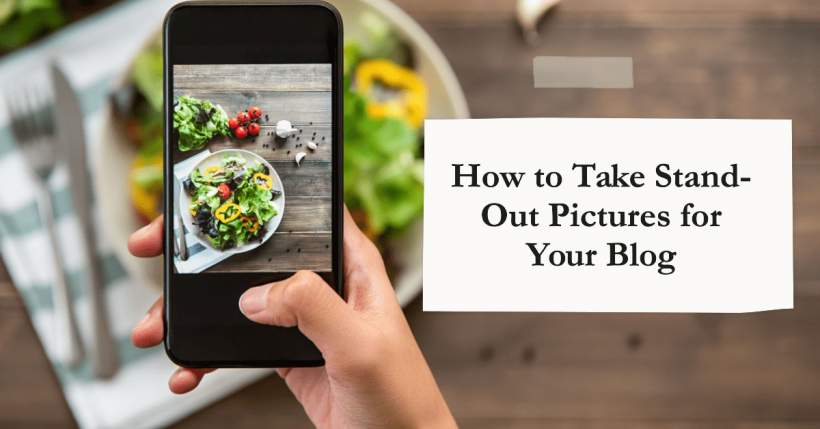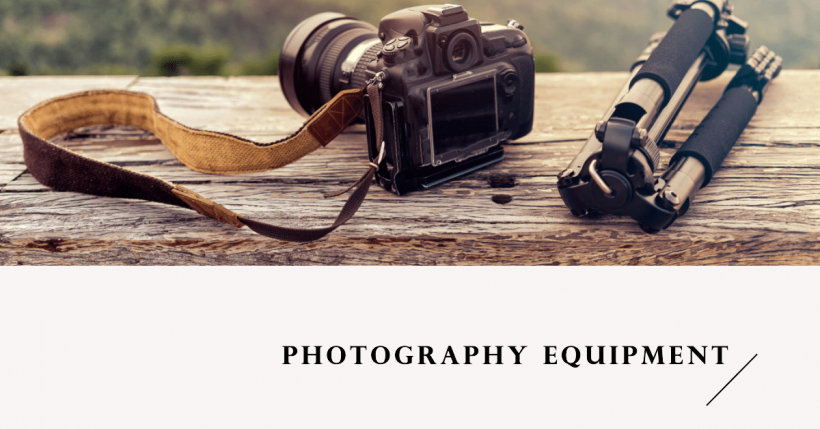
Looking for photography tips that deliver results for your blog? Great images can transform your content from forgettable to exceptional. With the right photography skills, your blog will capture attention and keep readers returning. These practical techniques will help you take photos that truly stand out from the crowd.
Key Takeaways
- Master basic camera settings like aperture, ISO, and shutter speed to dramatically improve image quality
- Use natural light whenever possible for crisp and clear photos
- Invest in essential photography equipment like a tripod and DSLR camera
- Learn simple editing techniques in Lightroom to enhance your images
- Practice different angles and compositions to create unique blog photos
- Understand travel photography basics to capture memorable moments
Why Good Photography Makes a Huge Difference for Your Blog
Poor photography can sink even the best written blog. Great photos grab attention in a crowded digital space. They tell stories when words fall short.
Quality images make your blog content more shareable across social media platforms. They build trust with your audience. A blog using high-quality images looks professional and credible.
Professional photographers know this secret. Your photos often give readers the first impression of your work. Make it count.
Essential Photography Equipment for Bloggers

You don’t need expensive gear to take better blog photos. Start with what you have and upgrade gradually.
A DSLR camera offers more control than a smartphone. It’s a total game changer for serious bloggers. The kit lens that came with my camera worked fine for years.
A tripod is essential for sharp images. It prevents camera shake when using slower shutter speeds. I use mine for almost every single indoor shot.
Memory cards are cheap. Buy several. Nothing hurts more than missing a great photo opportunity because your card is full.
Understanding Camera Settings
Camera settings can seem overwhelming. Let’s break them down simply.
Aperture (F-Stop)
Aperture controls depth of field. A lower f-stop number (like f/1.8) creates a blurry background. This works great for portraits.
Higher numbers (like f/8) keep more of your scene in focus. Use this for full room shots when you need everything crisp.
Shutter Speed
Shutter speed determines how long your camera sensor sees the scene. Fast shutter speeds freeze motion. Slow ones create blur.
In low light, you’ll need a slower shutter speed to bring in more light. This is why a tripod makes a huge difference.
ISO
ISO measures your camera sensor’s sensitivity to light. Lower ISO (100-400) produces cleaner images but needs more light.
Higher ISO (800+) helps in dark conditions but can make photos look grainy. Only bump the ISO when necessary.
Manual Mode
Don’t be afraid of manual mode. It gives you control over all these settings together. Start by practicing in good light. Soon it becomes second nature.
Mastering Natural Light for Blog Photos
Natural light is your best friend in photography. It’s free and makes photos look amazing.
Shoot near windows when indoors. Opening a window can instantly improve your photos. The best lighting usually happens during the “golden hours” after sunrise or before sunset.
Avoid direct harsh sunlight which creates unflattering shadows. Cloudy days provide soft, flattering light that’s perfect for most subjects.
If you’re struggling with too much light, try shooting in shade. If there’s too little light, use a tripod and slower shutter speed rather than increasing ISO.
Composition Techniques to Take Better Photos
Good composition separates amateur photos from great ones. These simple tips will help:
Rule of thirds: Place important elements at the intersections of imaginary grid lines dividing your frame into thirds.
Try different angles: Don’t just shoot at eye level. Get low, climb high, or move to the side for more interesting perspectives.
Take many photos: Professional photographers take many photos of the same subject. This increases your chances of capturing that perfect moment.
Vertical images work better for Pinterest. Horizontal ones suit Instagram and blog layouts. Take both orientations when possible.
Leave space around your subject for cropping later. This gives you flexibility during the editing process.
Photo Editing Essentials for Bloggers
Editing completes your photography workflow. It doesn’t fix bad photos but enhances good ones.
Lightroom editing is popular among bloggers. It offers powerful tools while remaining user-friendly. Start with basic adjustments like exposure, contrast, and white balance.
Don’t over-edit. Subtle adjustments often work best. Your goal is natural-looking photos that stand out from stock photos that everyone uses.
Other great editing tools include Afterlight for mobile and PicMonkey for beginners. The photo editing process doesn’t have to be complicated to be effective.
Travel Photography Tips for Your Blog
Travel photography requires special consideration. Plan ahead by researching locations and checking your content calendar.
Pack light but bring essential photography equipment. A zoom lens helps capture details without getting too close.
Wake up early to avoid crowds and catch the best lighting. Take wide shots first, then focus on details that tell the story.
Learn about local customs before photographing people. Always ask permission when appropriate. Travel photography should respect the places and people you encounter.
Getting Started: Practice Makes Perfect
The button to take photos is only one part of photography. Knowledge and practice matter more than expensive gear.
Carry your camera every day. The best photography happens when you’re ready for unexpected moments.
Share photography tips you learn with other bloggers. Teaching solidifies your knowledge and builds community.
Don’t worry about mistakes. Even professional photographers take bad shots. They just don’t show them.
Join photography challenges to push your creative boundaries. Follow photographers in your niche for inspiration.
Conclusion
Great photography can transform your blog from ordinary to extraordinary. You’ll create images that engage readers and elevate your content.
Remember that getting better takes time. Be patient with yourself as you learn how to start implementing these techniques. Each photo teaches you something new.
Your unique perspective is valuable. Don’t just copy what everyone else is doing. Use these tips to develop your own style that will truly stand out from the crowd.